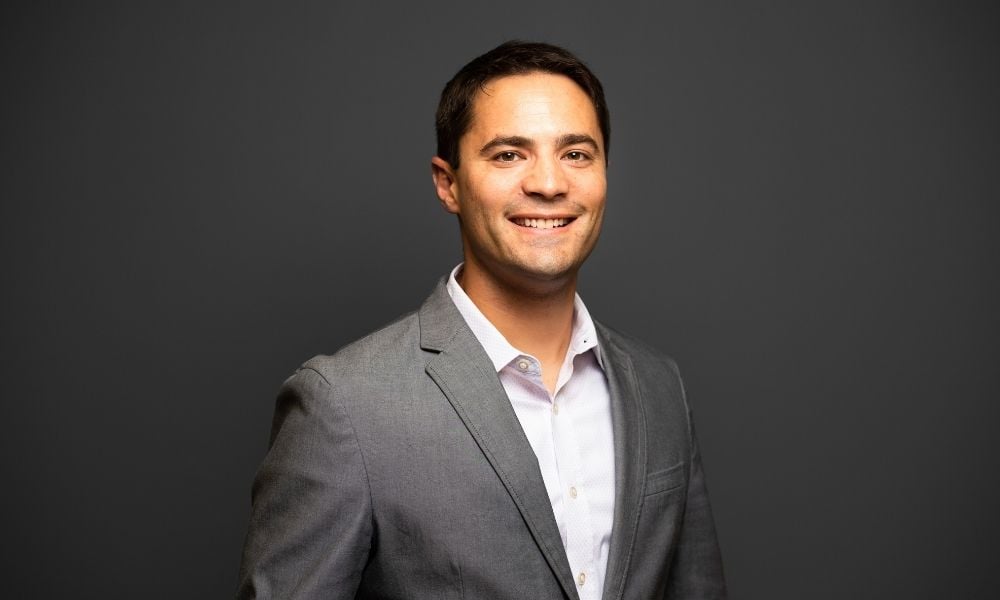Windfall gives firm 'unicorn' status while cementing its role

Ohio-based Branch – a full-stack insurance company using data, technology, and automation to make home and auto insurance frictionless – recently secured a $147 million Series C funding led by Weatherford Capital, officials told Mortgage Professional America.
The windfall brings Branch’s valuation to $1.05 billion, and will continue to support the company’s mission of making insurance less expensive, officials said. Participating new and existing investors included: Acrew, AmFam Ventures, Anthemis, Gaingels, Greycroft, HSCM Ventures, Narya, SignalFire and Tower IV.
“This is an important fundraise for Branch,” the company’s CEO, Steve Lekas (pictured), told MPA during a telephone interview. “We’ve had a lot of energy in the insurance technology space but the businesses that have been built have had a hallmark of not being able to create profit. One of the things that is different with Branch, with this fundraise we’ll take it to cash flow positive. Even belying that point, there are 400 insurance companies that will sell you a home or car insurance in the United States. The reason it’s so hard to make money is like any commodity: If you don’t bring some new value to a competitive landscape, then typically you’re going to sacrifice profit opportunity for growth. That’s what makes us so obviously special and different is that we are able of take a share, but making money as we go.”
According to its corporate literature, Branch launched in 2019 “…with a focus on leveraging the power of community to make insurance more affordable and has already helped members save an annual average of $548.” Company officials said that commitment has only heightened amid inflation at a 40-year high, as instant bundled savings are offered to consumers in every state. With the equity financing round, Branch is now poised to accelerate its national rollout while scaling its differentiated distribution strategy which includes direct, agency and embedded channels.
Read more: 10 states with the highest homeowners insurance rates
“Consumers are frustrated by escalating insurance costs resulting from antiquated business models and complex processes,” said Lekas, who is a co-founder of the company. “We believe that by reintroducing the power of community through data and technology, we can lower the cost of insurance while restoring it to its original intent: a force for communal good.”
The equity financing comes on the heels of an expansion into nine new states already in 2022, making Branch’s insurance available in 28 states. Branch has grown its annualized written premium 1,300% year over year in the last 12 months officials said. In addition to its geographic growth, Branch’s embedded insurance partner ecosystem continues to expand – it has already partnered with key industry players across the mortgage, auto, and home security industries including Homepoint, OpenRoad Lending, and SimpliSafe to make it more convenient for consumers to save on insurance.
Added David Seider, principal at Weatherford Capital: “For too long, the insurance industry has been plagued by an overly expensive approach to customer acquisition, driving up the price of insurance. Branch’s model is helping to ensure insurance is accessible for all. We are excited about this partnership and look forward to seeing Branch quickly and efficiently roll out nationwide affordable, high-quality insurance that all Americans deserve.”
Read next: A positive outlook for the mortgage insurance industry
Officials added that Branch is a Public Benefits Corporation and manages a reciprocal exchange, an organization in which the policyholders are the actual owners of the policy premiums. The structure is built to align incentives and provide members with as much savings as possible. Branch further provides its members with access to a number of community-based products – which help members save even more by leveraging the power of their networks.
Lekas expounded on his firm’s uniqueness in the marketplace: “There’s a lot of value for consumers in the competitive nature of the market,” he began. “What’s crazy about it though is that even though there are so many companies, the cost of creating a product is very similar. What you instead have are companies that compete for your eyeballs and just need you to remember them when you’re finally shopping. But it’s been quite a long time since someone’s brought out a really new business model to the marketplace.”



